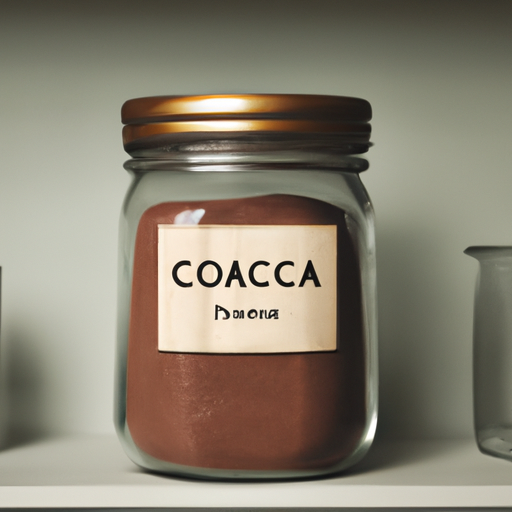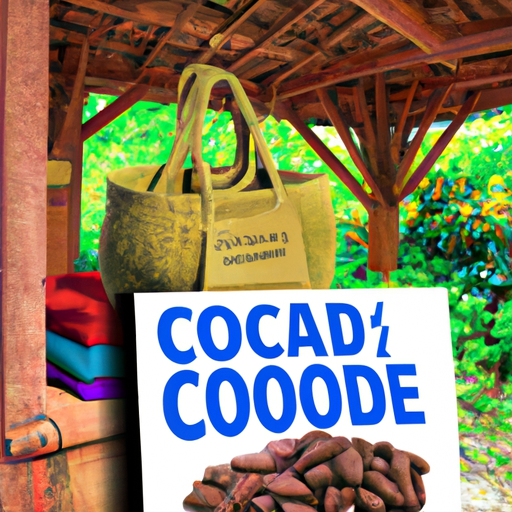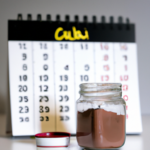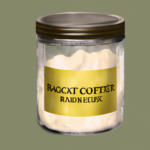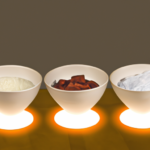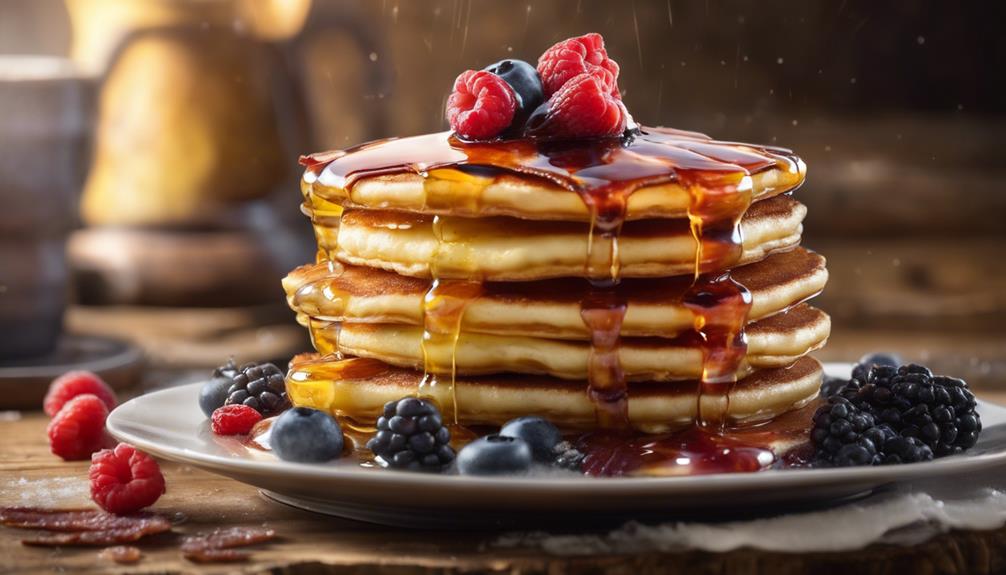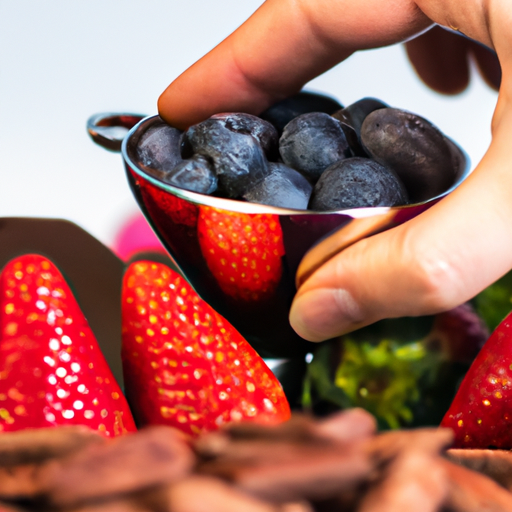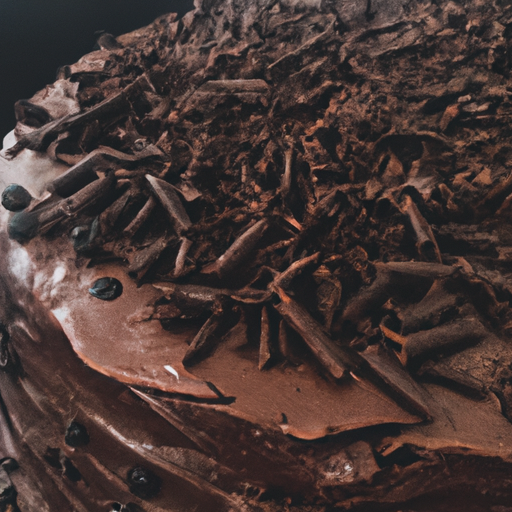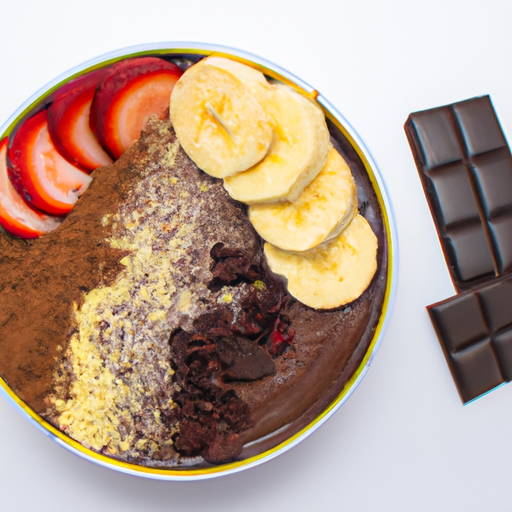As I unzip the pouch of raw cacao powder, a luxurious and alluring scent wafts through the air, evoking thoughts of the intricate and rich flavors that lie ahead. For maximum enjoyment of its taste and to experience its health benefits, it is crucial to store it properly.
Maintaining freshness is crucial to preserving the quality of this prized ingredient. The composition of raw cacao powder, with its delicate balance of oils and nutrients, requires special care. By choosing the right container and storing it in a cool, dry place away from light and heat, we can protect the integrity and flavor of our cacao powder.
Furthermore, sealing the container properly to prevent moisture and using airtight bags or jars for long-term storage are key steps in extending the shelf life. Regularly checking for signs of spoilage will ensure we enjoy this delectable treat for as long as possible.
So, let’s delve into the world of raw cacao powder storage and unlock its full potential together.
Key Takeaways
- Store raw cacao powder in an airtight container in a cool, dark place.
- Regularly check for spoilage signs such as mold and off odors and promptly discard spoiled powder.
- Proper storage preserves the nutritional value and extends the lifespan of raw cacao powder.
- Light, air, sunlight, and heat can negatively affect the quality and properties of cacao powder, so it’s important to protect it from these elements.
Understanding the Composition of Raw Cacao Powder
Raw cacao powder has a rich and velvety texture. It is made from the finely ground beans of the cacao tree. A composition analysis reveals that it is packed with essential nutrients. It contains high levels of antioxidants, specifically flavonoids. Flavonoids are known for their ability to combat free radicals and reduce oxidative stress in the body.
Additionally, raw cacao powder is a good source of minerals such as magnesium, iron, and potassium. These minerals contribute to various bodily functions. The high antioxidant and mineral content make raw cacao powder a nutritious addition to any diet.
However, to maintain its freshness and preserve its nutritional properties, proper storage is of utmost importance. In the subsequent section, we will discuss the importance of proper storage for maintaining freshness. It is crucial to understand the impact of environmental factors on raw cacao powder.
Importance of Proper Storage for Maintaining Freshness
To keep your cacao powder at its freshest, it’s essential to ensure proper storage. Here are some shelf life tips to help you maintain its quality:
-
Keep it in a cool, dry place: Exposure to heat, moisture, and light can degrade the quality of cacao powder. Store it in an airtight container in a cool pantry or cupboard away from direct sunlight.
-
Avoid contact with air: Oxygen can cause cacao powder to oxidize and lose its flavor. Make sure the container is tightly sealed to minimize air exposure.
-
Use it within a year: While cacao powder can last longer, it’s best to use it within a year for optimal freshness and flavor.
By following these tips, you can ensure that your cacao powder stays fresh and flavorful for a longer period.
Now, let’s move on to the next section and learn about choosing the right container for storage.
Choose the Right Container for Storage
For optimal freshness and flavor, it’s crucial to select the perfect container to store your precious cacao powder. Choosing appropriate containers is essential to prevent the degradation of your raw cacao powder over time.
There are different types of storage containers available, each offering unique benefits. Airtight containers, such as glass jars or metal tins, are excellent choices as they provide a barrier against moisture and air. This helps to maintain the quality of the cacao powder by preventing oxidation and the absorption of unwanted odors.
Additionally, opaque containers can protect the powder from light exposure, which can cause flavor deterioration.
Properly storing your cacao powder in the right container will ensure its longevity and preserve its full flavor profile.
Keeping raw cacao powder in a cool and dry place is the next step in maintaining its freshness and quality.
Keep Raw Cacao Powder in a Cool and Dry Place
To keep your cacao powder fresh and flavorful, it is important to store it in a cool and dry place. This will help preserve its natural flavors and aroma, ensuring a delightful experience when consumed. Make sure to seal the powder tightly in an airtight container to prevent moisture from seeping in, which can cause clumping and affect its smooth texture. Avoid exposing the powder to humidity, as this can also lead to degradation in quality. Proper storage is essential for cacao powder and other chocolate powders. In the next section, we will discuss how to avoid exposure to light and heat, which can further impact the quality of your cacao powder.
Avoid Exposure to Light and Heat
Prevent your precious cacao powder from losing its luster by keeping it away from harsh light and scorching heat. Exposure to light and heat can accelerate oxidation, leading to flavor loss and a decrease in the overall quality of your cacao powder. To help you understand the importance of avoiding light and heat, consider the following table:
| Light Exposure | Heat Exposure |
|---|---|
| Breaks down nutrients | Accelerates oxidation |
| Affects flavor | Changes texture |
| Reduces shelf life | Diminishes quality |
| Decreases potency | Alters color |
By protecting your cacao powder from light and heat, you can preserve its rich flavor and nutritional benefits. To further safeguard your powder, ensure you seal the container properly to prevent moisture. This will be discussed in the subsequent section.
Seal the Container Properly to Prevent Moisture
To keep your cacao powder safe from moisture, it is crucial to seal the container tightly. This prevents the powder from clumping and becoming unusable. Store the sealed container in a cool and dry place, like a pantry, away from sunlight and heat sources. This further protects the powder and maintains its quality. In the next section, we will discuss another method of storing cacao powder: using airtight bags or jars for long-term storage.
Use Airtight Bags or Jars for Long-Term Storage
For long-lasting freshness, it’s important to use airtight bags or jars when storing your cacao powder. Exposure to air can cause the powder to absorb moisture and lose its flavor and quality over time. Here are some tips to ensure the best storage conditions:
-
Use vacuum-sealed bags: These bags remove excess air and create a tight seal, preventing moisture and contaminants from entering.
-
Opt for glass jars with rubber seals: Glass jars offer a durable and non-reactive storage option. The rubber seal helps maintain an airtight environment, keeping the cacao powder fresh.
-
Store in a cool, dark place: Heat and light can degrade the quality of cacao powder. Choose a location away from direct sunlight and sources of heat.
Proper storage techniques are essential not only for cacao powder but also for other food products. Additionally, exploring different ways to incorporate raw cacao powder into recipes can enhance your culinary experience.
Now, let’s discuss how regularly checking for signs of spoilage can further ensure the quality of your stored cacao powder.
Regularly Check for Signs of Spoilage
Make sure you keep an eye out for any signs of spoilage in your stored cacao powder, so you can ensure its freshness and enjoy its delicious flavor in your favorite recipes. Checking for signs of spoilage is crucial to prevent consuming rancid or contaminated cacao powder. Here is a table outlining the common signs of spoilage to look out for:
| Signs of Spoilage |
|---|
| Off odor |
| Mold growth |
| Clumping or clumping |
| Change in color |
Regularly inspect your cacao powder for these indicators, especially if it has been stored for an extended period. If you notice any of these signs, it is best to discard the powder to avoid any potential health risks. By actively checking for signs of spoilage, you can extend the shelf life of your raw cacao powder and continue to enjoy its rich flavor in your culinary creations. In the next section, we will discuss tips for extending the shelf life of raw cacao powder without compromising its quality.
Tips for Extending the Shelf Life of Raw Cacao Powder
To extend the shelf life of raw cacao powder, follow these tips:
- Store it in an airtight container to protect it from moisture, light, and air.
- Keep the container in a cool, dark place, away from sunlight and heat sources.
- Regularly check for signs of spoilage, such as mold or off odors, and discard if necessary.
By following these guidelines, you can enjoy your raw cacao powder for a longer time while still benefiting from its nutritional value.
Frequently Asked Questions
Can raw cacao powder be stored in the refrigerator or freezer?
Raw cacao powder can be stored in glass containers to maintain its freshness. However, refrigeration or freezing is not recommended as it can alter the flavor and texture. Explore alternative storage options like a cool, dark pantry for optimal preservation.
How long can raw cacao powder be stored before it goes bad?
The shelf life of raw cacao powder depends on proper storage. When stored in an airtight container in a cool, dark place, it can last up to two years. Avoid exposure to moisture and heat to maintain its quality.
Can raw cacao powder be stored in a plastic container?
Raw cacao powder should be stored in glass containers instead of plastic ones. Plastic containers can absorb odors and affect the quality of the powder. Glass containers provide a better barrier and keep the powder fresh for longer.
Is it necessary to keep raw cacao powder away from other strong-smelling foods?
Yes, it is necessary to keep raw cacao powder away from other strong-smelling foods. Storing raw cacao powder with strong-smelling foods can cause flavor contamination, as cacao easily absorbs odors.
Can raw cacao powder be stored in a pantry with fluctuating temperatures?
Raw cacao powder should not be stored in a pantry with fluctuating temperatures as it can affect its quality. Instead, it is best to store it in airtight containers, preferably glass jars, to maintain its freshness and prevent moisture and odors from compromising its flavor.
Can I Store Raw Cacao Powder from a Cheaper Source the Same Way?
When deciding how to store raw cacao powder, the source doesn’t affect it. Whether it’s from a cheaper or expensive source, store it in an airtight container in a cool, dark place. When you compare raw cacao powder prices, remember that proper storage is key to preserving its quality.
Conclusion
In conclusion, proper storage is crucial for maintaining the freshness and quality of raw cacao powder. Here are some tips on how to store it:
- Choose the right container: Select a container that is airtight and opaque to protect the powder from light and moisture.
- Keep it in a cool and dry place: Store the cacao powder in a cool and dry pantry or cupboard away from direct sunlight or heat sources.
- Avoid exposure to light and heat: Light and heat can degrade the quality of the cacao powder, so it’s important to keep it away from these elements.
- Seal it properly to prevent moisture: Make sure the container is tightly sealed to prevent moisture from getting in, as moisture can cause the powder to clump and spoil.
- Regularly check for signs of spoilage: Keep an eye out for any changes in color, texture, or smell, as these can indicate that the cacao powder has gone bad.
- Use airtight bags or jars for long-term storage: If you plan to store the cacao powder for an extended period, consider using airtight bags or jars to further protect it from moisture and air.
Remember, treating raw cacao powder like a delicate flower will ensure its longevity and preserve its rich flavor, just like a gentle breeze preserving the petals of a blooming rose.

